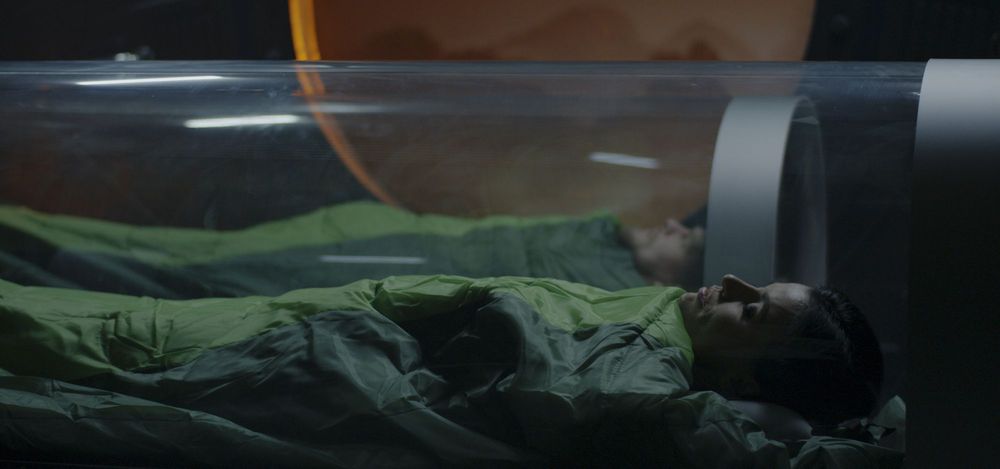Discover what lies beyond the Ring Gate as the Rocinante lands on Ilus to find tensions at a full boil. Full season coming December 13, 2019 on Amazon Prime Video.
» The Expanse returns 12/13. Watch the current season with Prime: http://bit.ly/TheExpansePrimeVideo
» SUBSCRIBE: http://bit.ly/PrimeVideoSubscribe
About The Expanse:
The disappearance of rich-girl-turned-political-activist Julie Mao links the lives of Ceres detective Joe Miller (Thomas Jane), accidental ship captain James Holden (Steven Strait) and U.N. politician Chrisjen Avasarala (Shohreh Aghdashloo). Amidst political tension between Earth, Mars and the Belt, they unravel the single greatest conspiracy of all time.
About The Expanse Seasons 2:
In this noir thriller set two hundred years in the future, the case of a missing young woman leads a washed-up detective across the solar system to uncover the greatest conspiracy in human history.
About The Expanse Seasons 3:
As the Rocinante crew digs deeper into the search for Prax’s missing daughter, the war between Earth and Mars turns deadly in ways the solar system has never seen. But a new threat in the outer reaches of the Belt could prove much more dangerous, threatening to test the very future of humanity.
About The Expanse Seasons 4:






